Part II – Real Estate Resale, Historic Designation, and Building a Legacy

In Why a House History Part I we explored some of the reasons to consider conducting a house history - simply curiosity, knowing your investment and for restoration or renovation projects. Here are a few more reasons to consider:
REAL ESTATE RESALE
Now more than ever, real estate agents or owners who are selling a property are looking for ways to find something unique to market properties. While reading its history will not be the main selling factor of most properties, it truly draws the attention of a buyer who has been looking at similar properties over and over with rote descriptions. Read some of the stories on www.buildingchronicles.com to consider how the nuances might enhance your listing, brochure or other marketing piece. Also consider conducting a complete house history to produce a historical prospectus for the building including its complete economic, ownership and construction accountings. Having a complete historical prospectus provides an understanding of one’s investment when it comes to negotiations and the confidence in fully knowing one’s property.
HISTORIC DESIGNATION
Historic property owners sometimes have mixed feelings about having their property officially designated due to potential restrictions. But if your property is worthy of being designated and you would like to do so, a complete history is required to officially obtain that status. The potential to obtain funding to restore the property, in addition to the fact that at times tax credits are available are a couple of the positives to historic designation. For some however, just knowing that preservation has been assisted through designation is reason enough to do so.
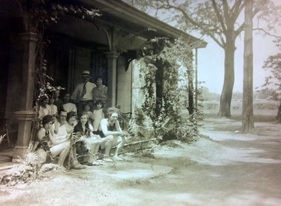
The final reason to conduct a house history that we would like to point out is to consider documenting your family’s legacy. If your family moves from house to house or has multiple properties or vacation homes, this is an avenue to record the history of the buildings as well as how your family contributed to their history. This can be performed for family businesses as well. It is a great way to have something tangible to show to future generations which details the story of their ancestors.
In the next few weeks we will expand these topics to consider how to conduct each house history and explore more about the benefits of each.
NEXT: How to begin researching a house history.


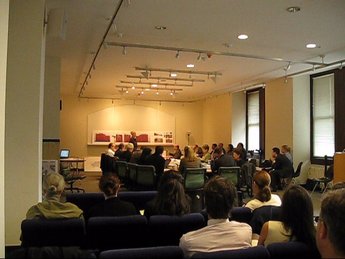
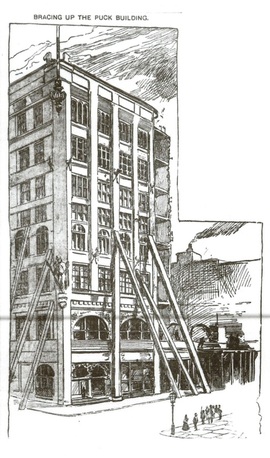
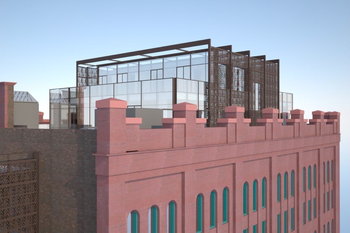
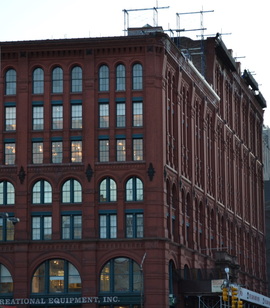
 RSS Feed
RSS Feed